Newsroom


An international team of researchers involving STRUCTURES member Thomas Pfeifer has achieved a long-sought milestone in X-ray science.
When intense laser light passes through a gas, it can undergo Raman scattering, a process where photons exchange energy with molecular vibrations and emerge at new frequencies. At high intensities this weak effect becomes self-amplifying, a regime known as stimulated Raman scattering (SRS), first observed in the 1960s. By analyzing the scattered light, researchers can extract detailed information about the molecular structure of the gas. For decades, theorists predicted that a similar effect should occur with X-rays, where the interaction would probe the motion of electrons in atoms rather than molecular vibrations. The effect, known as stimulated X-ray Raman scattering, was demonstrated in earlier studies, but without the resolution needed to spectroscopically resolve electronic excitations.
In a new study published in Nature, researchers from the Argonne National Laboratory (USA) along with the Max Planck Institute for Nuclear Physics (MPIK) in Heidelberg and the European X-ray Free Electron Laser (European XFEL) in Hamburg, have overcome this barrier. In an experiment carried out at the European XFEL, they directed intense X-ray pulses through a compact, high-pressure neon gas cell designed at MPIK. As the pulses propagated, they drove the characteristic stimulated Raman amplification, producing distinct X-ray “fingerprints” of the neon atoms' excited states.
The breakthrough came from analyzing the scattered X-rays with a stochastic approach that turns the inherent noise of XFEL pulses into an advantage. Each pulse has a noisy, spiky spectrum; correlating the spectral spikes of incident and scattered X-rays for over 18,000 individual shots, the team could effectively bypass the limits of the spectrometer itself. This “super-resolution” approach – reminiscent of the optical super-resolution techniques recognized by the 2014 Nobel Prize in Chemistry – proved crucial. It enabled the recovery of narrow Raman features that would normally be blurred by both the finite bandwidth of the source and the resolution of the spectrometer. Thomas Pfeifer, STRUCTURES member at MPIK and co-author of the study, emphasizes: “The experience of our Heidelberg team on high-pressure gas-phase targets for quantum-physics research as well as the data-analysis idea of the super-resolution approach were key contributions to the success of this experiment.”
The findings not only confirm SXRS as a powerful tool for probing matter but also demonstrate dramatic improvements in signal strength and efficiency compared to traditional Raman techniques. Supported by detailed simulations, they also reveal the competition between Raman scattering in neutral atoms and lasing in ionized ones during X-ray propagation. Together, these advances open the door to a new era of X-ray science, where researchers can track the ultrafast movements of electrons that govern the outcome of chemical reactions. This paves the way for deeper insights into materials, catalysis, and biological processes.
Further information:
